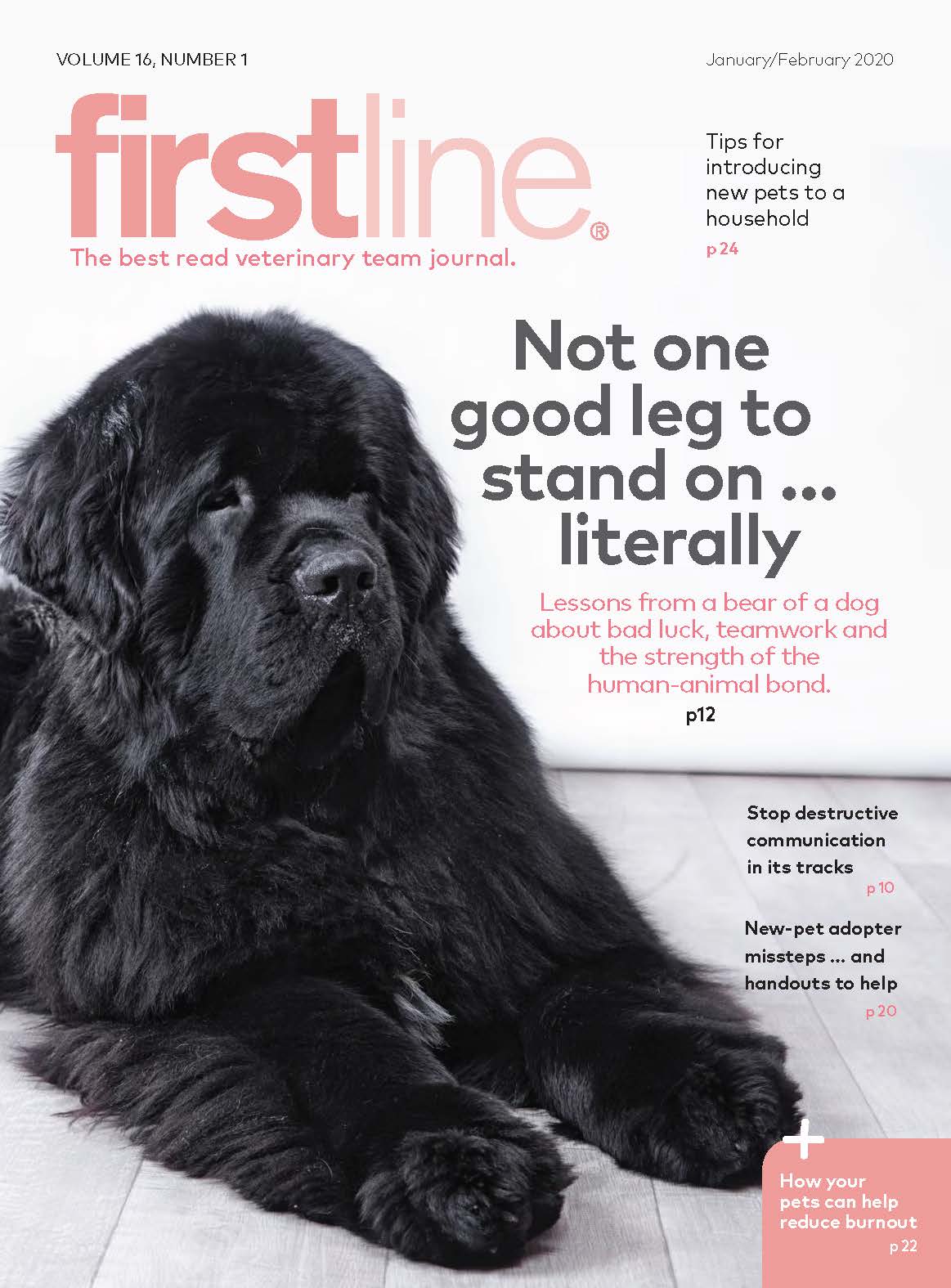Stop destructive veterinary team communication in its tracks
Dr. Sarah Wooten and Tasha McNerney share how to have those difficult conversations that help to create a more positive and productive workplace.
Is your behavior hurting the rest of veterinary team? Sometimes, the only way to find out is for someone to have the courage to tell you, says Sarah Wooten, DVM, CVJ, a practicing vet who speaks from experience.
Courage is key to addressing a team member who's exhibiting toxic communication, says Dr. Wooten, who is speaking at the Fetch dvm360 conference this week. She explains that she used to be that difficult veterinarian who unknowingly took out her stress on everyone.
“I remember when I was so stressed and I would come every day and yell at the technicians," Dr. Wooten says. "I would just be up in my head and I didn't know how I was affecting other people. It took my practice manager coming up to me and saying, ‘Hey, Sarah, your stress is pouring out on all of us.'”
Tasha McNerney, CVT, CVPP, VTS, also a Fetch dvm360 speaker, agrees that it takes courage to have these hard conversations. “Someone has to have the courage to step up and have that difficult conversation and then let them sit with it for a little bit," McNerney says. "Then they have to have enough awareness to come back to the table and start over in a better and more productive manner."
In the video below, Dr. Wooten also explains how to use the “almighty pause” to avoid destructive communication. Take a look.
